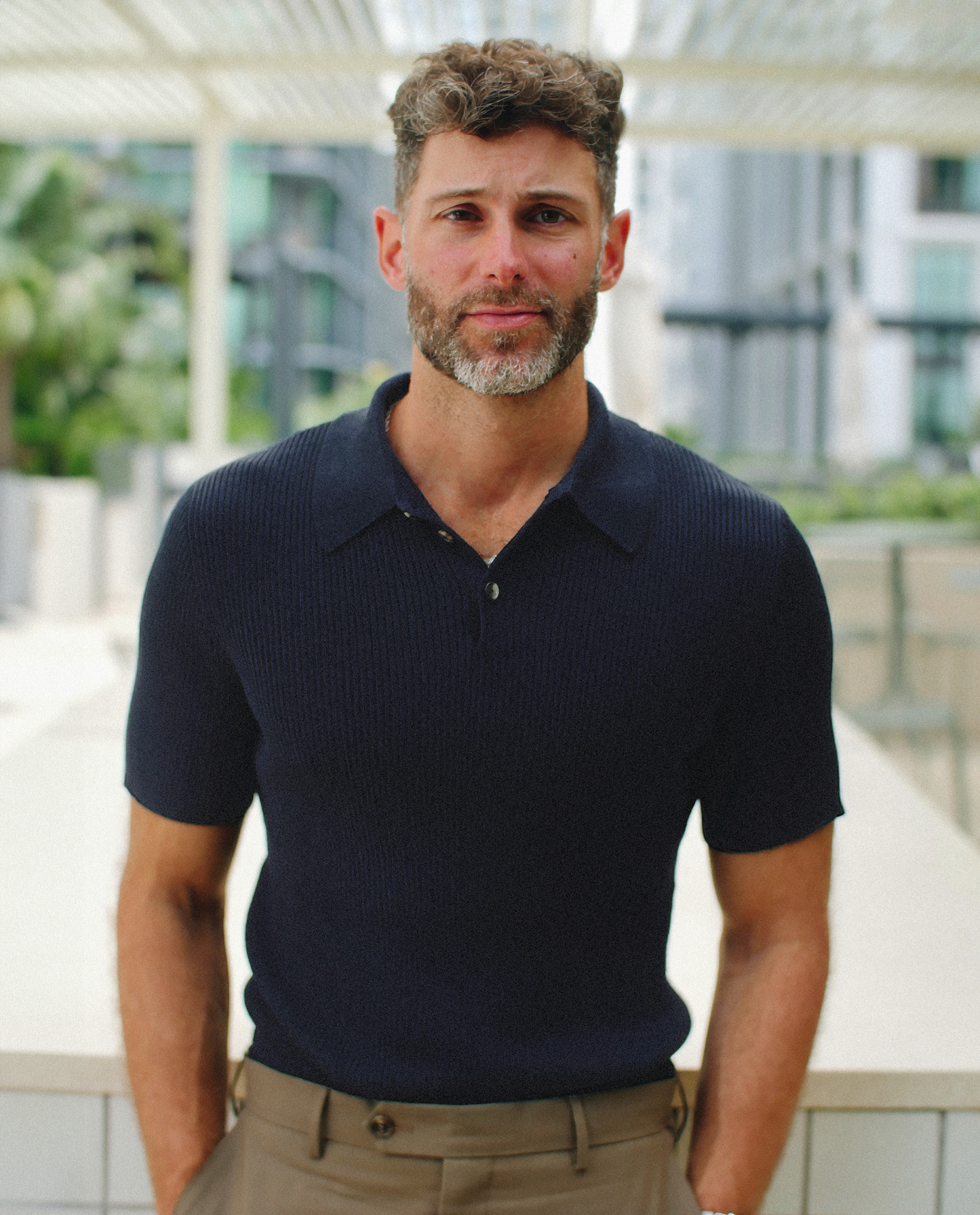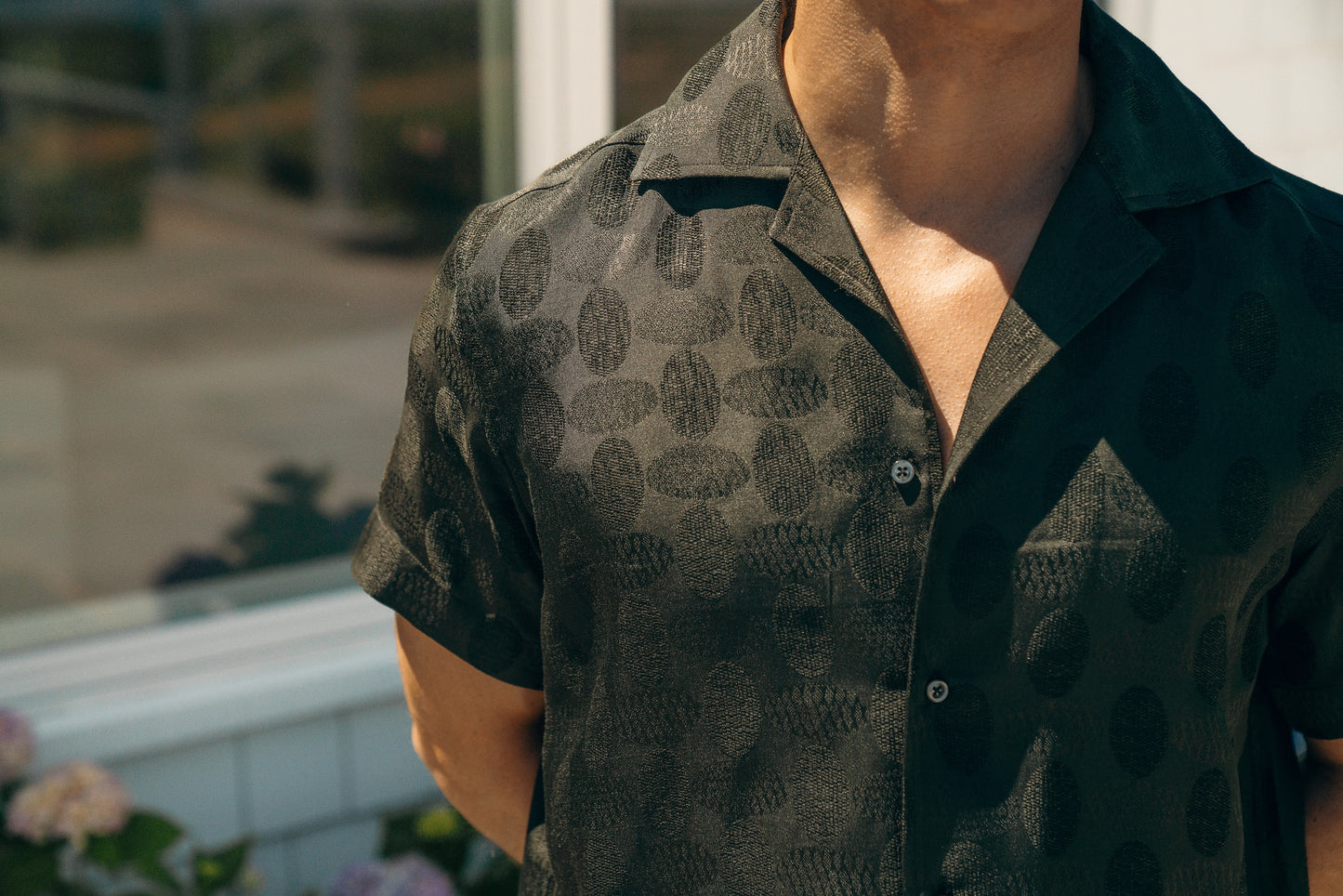
In a perfect world, bespoke clothing and excellent custom tailoring would be affordable and widely available. Commissioning a new suit would be as easy as going to the grocery store – every neighborhood would have its’ own local tailor with their own private atelier. Unfortunately, this clothing nirvana has yet to come to pass, and the vast majority of clothing that most of us will own is considered “off the rack” – created not for you individually, but produced from basic patterns designed to be suitable for a variety of body types. Fortunately, finding a good tailor, and understanding how clothing alterations work, can be key to creating a wardrobe that looks custom-fitted from clothes that are anything but.
First, it’s important to know how to recognize a good tailor. Tailors – like anything else – exist in a hierarchy. At the bottom are local alteration tailors based out of dry-cleaners, and at the high end is a bespoke suitmaker who happens to do alterations on the side. For most alterations, a tailor in the middle is more than capable. Pricing varies wildly, and is based on garment, the work required, and location. Living in an expensive urban area drives up tailoring costs along with housing pricing.
A great test for a tailor is to bring them a relatively inexpensive item such as a shirt or a pair of pants and see if you’re satisfied with the result. One way I always test a tailor is seeing how they measure me when altering shirt sleeve length. A skillful tailor will measure each of your arms individually – your arms are different lengths, even if the difference is very slight – while a lazy tailor will be content to measure just one sleeve and duplicate the alteration on the other. Pant length works similarly. A good tailor measures both legs, a lower quality tailor measures just one.
When working with any tailor, it’s important to make sure your voice is heard. If you’re unhappy with how something is pinned, or with the suggestions your tailor is making, speak up. For more complicated alterations ask for a fitting, which gives you a chance to try the piece on halfway through the process and for further adjustments to be made.
The more complex a job, the better the tailor should be. Suit alterations in particular can be difficult and expensive, especially when you’re trying to change shoulder fit or need to shorten a jacket. Less intensive alterations such as shortening suit sleeves or cleaning up back drape can likely be handled by a less expensive tailor.
It’s also very possible to alter and repair your own clothes. Even if you’re completely inept with a sewing machine, sewing a button back on is very simple, and removing darts from a shirt to make it fit looser requires only a seam ripper and an iron. Simple alterations that require sewing include tapering a shirt bad – slimming the sides – or hemming pants.



